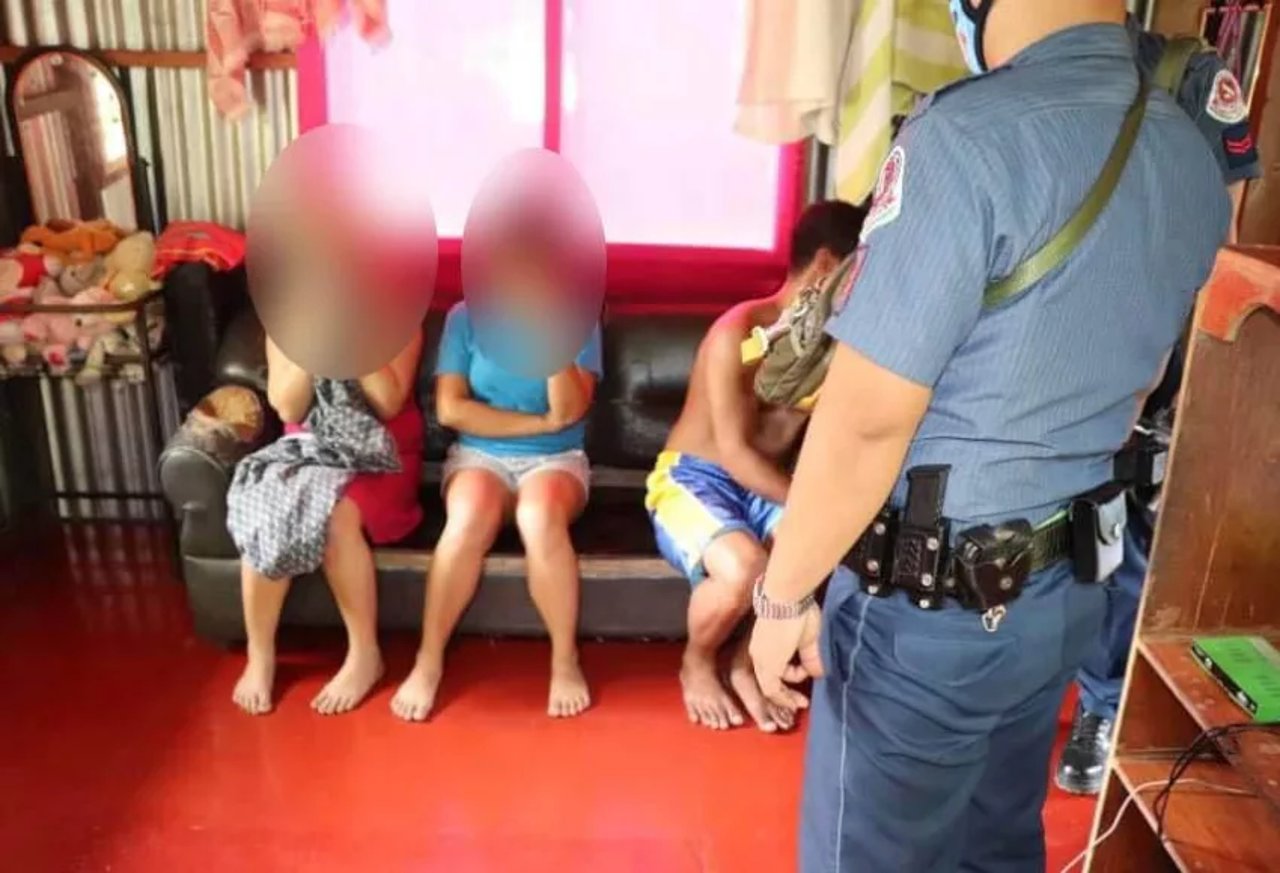Australian paedophile leads international police to rescue 13 children and 2 adults from cybersex trafficking

BISLIG CITY, THE PHILIPPINES – On 20 August, a simultaneous sting operation at two different locations in Bislig City, Surigao del Sur resulted in the arrest of five suspects and the rescue of 15 victims from cybersex trafficking. This case started from a tip from the Australian Federal Police (AFP) to the Philippine Internet Crimes Against Children Center (PICACC).
The AFP referred cybersex trafficking of children case involving an Australian national arrested for child exploitation related offences in Australia. The Australian investigation identified links between the accused and suspected cybersex trafficking facilitators from the Philippines.
"Cybersex trafficking of children is a truly transnational crime and this operation shows Australians are part of the problem as well as the solution," said Steve Baird, CEO of IJM Australia. "It's shameful and unacceptable that an Australian perpetrator is involved in such unspeakable abuse of young Filipino children. We applaud the unwavering efforts of Australian police in partnering with Philippine and other law enforcement, and IJM, to shut down this crime."
Four operations took place within the same locality in Bislig City. The first sting operation was carried out at 12 noon. The suspect arrested was an 18-year-old female who offered three female victims online. They were her 9-year-old niece, 12-year-old cousin and 18-year-old best friend.
The succeeding operations took place three kilometres away as authorities searched, seized and examined computer data that same day at about 12:30pm. Upon gathering physical and digital evidence, a total of five suspects were arrested in Bislig City through these simultaneous operations. The last suspect was apprehended through an issuance of search warrant where she was caught in possession of child sexual exploitation materials.
All five suspects were female with ages ranging from 18 to 29 years old. Authorities were also able to rescue a total of 15 victims and children at risk, 13 of whom are minors. Some of the victims were the biological children of some of the suspects.
Australian Federal Police Liaison Officer Manila, Detective Sergeant Graeme Marshall, had this to say of the Bislig operations: “[This] is a significant result that ... stems from an Australian investigation and referral to the PICACC. The Australian Federal Police is a proud founding member of the PICACC and will continue to work in collaboration with the PNP, NBI, United Kingdom National Crime Agency, International Justice Mission and other partners to combat the abhorrent crime of child sexual exploitation."
“This successful operation shows that [cybersex trafficking] is a crime that requires a global response. We are thankful to the Australian Federal Police for collaborating with WCPC to make this operation happen," said PCOL. Sheila Portento, Chief of the ATIPD.
The operation was conducted by joint elements of the Philippine National Police (PNP) Women and Children Protection Center – Anti Trafficking Division (WCPC-ATIPD) and WCPC Mindanao Field Unit, together with the Regional Anti-Cybercrime Unit (RACU) and the Bislig City Police Station (BCPS); in coordination with social services and the Department of Justice Regional Anti-Trafficking Task Force 13, with the support of the Australian Federal Police (AFP) and International Justice Mission (IJM).
Police are filing complaints against the five female suspects.
A model for an enhanced global response against OSEC, the Philippine Internet Crimes Against Children Center (PICACC) is a cooperation among local and international law enforcement, namely the Philippine National Police’s Women and Children Protection Center (PNP-WCPC), the National Bureau of Investigation’s Anti-Human-Trafficking Division (NBI-AHTRAD), the Australian Federal Police (AFP), and the United Kingdom National Crime Agency (UK NCA); in partnership with non-government organisation, International Justice Mission (IJM).
Note to Editors:
The Terminology Guidelines for the Protection of Children from Sexual Exploitation and Sexual Abuse, also known as the Luxembourg Guidelines, prescribes the use of the term “child sexual abuse material” or “child sexual exploitation material” instead of “child pornography”, except when referencing the name of statute. Sexualised material that depicts or otherwise represents children is a representation, and a form, of child sexual abuse and should not be described as “pornography.”
Learn more about cybersex trafficking of children here.